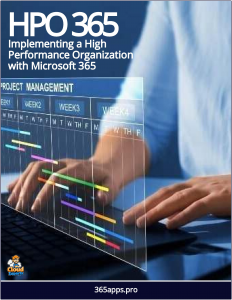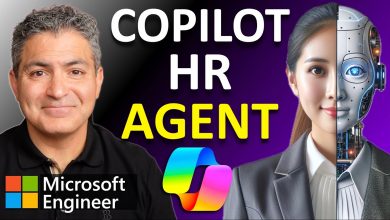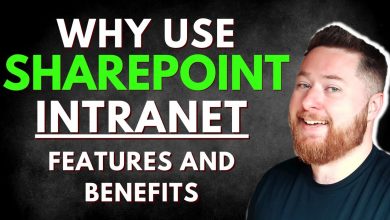 The centrepiece of your platform for Virtual Team collaboration and the Future of Work is a ‘Digital Workplace‘.
The centrepiece of your platform for Virtual Team collaboration and the Future of Work is a ‘Digital Workplace‘.
Workplaces provide virtual environments for teams to meet, collaborate and action projects, achieved through web communities, video meetings and integrated workflow applications.
In simple terms this means what is traditionally known as an Intranet, a private, internal web site dedicated to your company, that with today’s technologies can be enhanced in various powerful ways.
They are also called ‘Social Intranets’, as they utilize social networking features, like Linkedin, so that employees can create member profiles and share updates to exchange knowledge and find one another.
Workplaces provide virtual environments for teams to meet, collaborate and action projects, achieved through web communities, video meetings and integrated workflow applications.
High Performance Virtual Teams
In this article MIT explores these challenges, identifying best practices that not only support remote team working but in a way where they outperform traditional office-based ones.
The authors identify that yes by default, teams that work in close proximity perform better than those that are remotely distributed due to the face to face human factors that improve communication and collaboration -but- when specific apps and tools are applied to systematize high performance behaviours, Virtual Teams perform better.
This is because by their nature distributed teams are inherently more diverse, calling upon members from nationalities and cultures from across the world, which when united via these high performance practices combine to achieve a much more powerful collective than with less diverse groups that rely on accidental improvements arising from close proximity only.
Culture and Employee Experience
Accelerated by the pandemic remote, virtual working has become the norm for many organizations, but this presents many challenges including cultural, operational and technological.
Digital Workplaces provide a platform for addressing these challenges by providing a ‘virtual HQ’, an online forum for employees to meet no matter where they are physically located, and then offering a spectrum of features and functionality that enables them to be united into a high performance team.
The headline challenge for virtual teams is maintaining employee morale, as working remotely can easily lead to isolation and a sense of disconnectedness. Working together physically in the office brings many benefits, most notably this sense of social inclusion, and the knowledge sharing and collaboration that arises naturally from ‘water cooler networking’.
Therefore one of the primary objectives of a Digital Workspace solution is the use of technology in innovative ways to address these challenges and replicate the social knowledge interactions.
Tools like employee communities enable you to foster inclusiveness even while working remotely, with apps like surveys to help you check in with your team mates to understand how they are feeling, and enable you to address any inclusion motivation challenges.
Agile Transformation Office
Microsoft 365 offers these specific apps and tools, and is ideal for enabling these agile ways of working, as it provides the building blocks for global, remote team collaboration, and further integrated into this suite are apps that can define, implement and measure the high performance practices.
This McKinsey article describes the ‘Agile Transformation Office’. An ATO shapes and manages the transformation, brings the full organization along, and—perhaps most important—helps it achieve lasting cultural change. The ATO is not meant to be an oversight board or another layer of bureaucracy. Instead, it is embedded within the existing structure, pulling in the right business expertise to realize tangible outcomes.
Your Digital Workplace acts as this ATO for your organization. It includes apps for key functionality required for implementing such a program, including Project and Portfolio Management and ‘OKRs’: Objectives and Key Results, a goal-setting framework used by individuals, teams, and organizations to define measurable goals and track their outcomes.
By combining these features with the general capabilities of virtual networking and collaboration, your organization can unite disparate teams into a single, logical unit and one that can self-manage it’s projects and objectives against high standards defined by the leadership, removing the need for on-site micro management.



